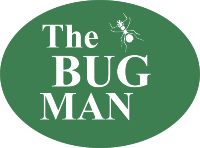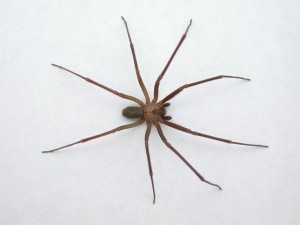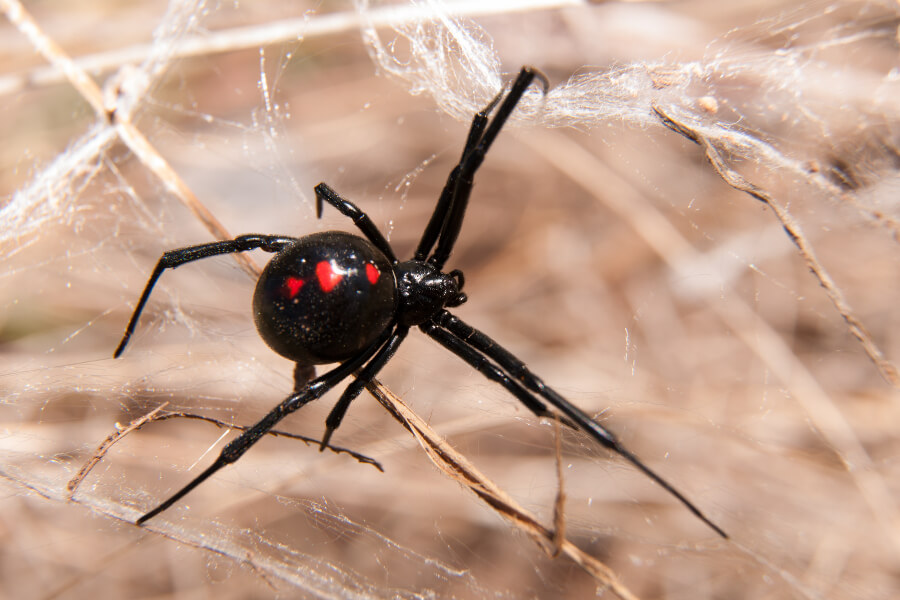Spiders on Attack in Middle Tennessee
Why do we have so many spiders, one may ask? The answer to this question is a simple one. Spiders feed on insects, and the hot summer days cause many insects to procreate, and this provides an ample food source for the spiders. When you see spiders and spider webs, there are other insects in the vicinity. The spiders are natural pest control. Go green, grow spiders! The problem is, most people prefer not to have spiders as pets. So, we are tasked with controlling the spider population, and to do this we must control the other pests, too.
Brown Recluse and Black Widow Spiders, Oh My
Most spiders in middle Tennessee are pretty harmless. The two spiders that have health importance in our area are the brown recluse spider and the black widow spider. These two spiders can cause harm when they bite humans. Most of the others are either unable to bite through human skin or the bite does not cause a major reaction.
Spiders are beneficial in nature and we believe that they serve an important role. They help to reduce the insect population and also provide a food source for larger predators, such as birds, lizards, and frogs. They only become a pest when they enter into an area that the spider is unwanted, undesired, or can cause harm or damage. This is when pest control is necessary and you call The Bug Man. Our trained technicians have the knowledge and training to identify the problem and provide the solution.
Treatments for Spiders
Treatment strategies for spider control can differ depending on the type of spider, level of infestation, and treatment locations. With all pest services, we always recommend the removal of clutter, as this gives the pests areas to hide and these areas are very difficult to treat effectively. One of the most successful treatment strategies for spider control is the use of insect monitors, also known as glue traps. The monitors capture the spiders and other insects, help identify the level of infestation, what parts of the structure are infested, and remove every insect that is caught from the house. When used as part of a full treatment plan, the insect monitors play an important role in keeping a home pest-free*. The Bug Man’s certified technician will design a treatment stately for each situation after an inspection is complete.


